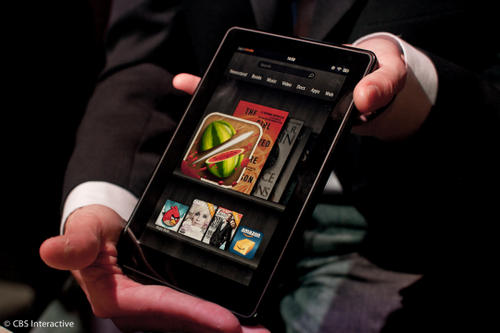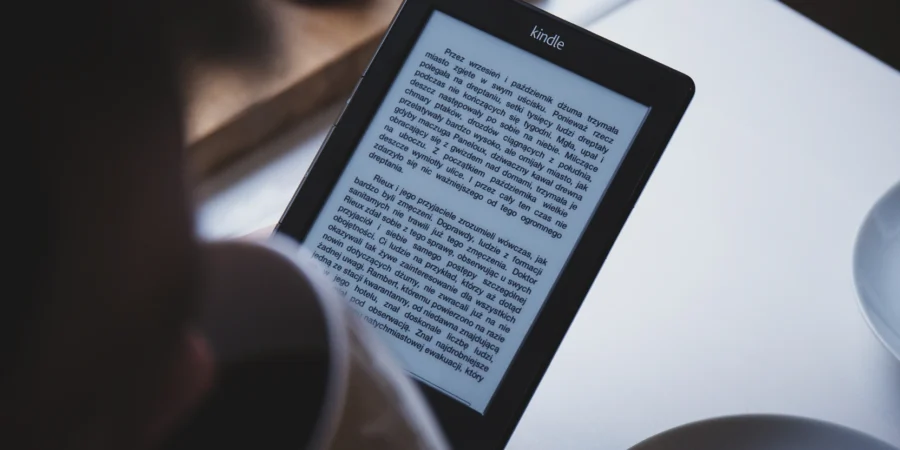| The Kindle’s on Fire Amazon certainly scored when they released the Kindle e-book reader back in 2007. Kindle opened the world for users to browse, download, read e-books as well as magazines, blogs and newspapers. Now Amazon have upped the stakes with the release of the Kindle Fire, a tablet computer featuring a seven-inch colour multi-touch display and running a version of the Android operating system. With the Kindle Fire, users now have the ability to watch movies and TV shows as well as accessing full-colour books and magazines on a device sure to provide fierce competition for the Blackberry Playbook and the iPad. |  |
 | Competitively priced, the Kindle Fire has a 1 GHz dual core processor with 512 MB memory and 8 GB of internal storage and has an estimated battery life of around 8 hours. This is much less than the original Kindle e-book reader, but then again the Fire does have far more capabilities and battery life is on a par with the competition. At first look, the Fire is pretty plain. It is a very minimalist black device, with a Gorilla glass front screen and a matte black rubberised back. Connections are limited to a 3.5mm audio output socket, a power button and a Micro-USB socket, although there is no Micro-USB cable supplied. There’s no physical volume control, so you’ll need to get used to the on-screen controls. The LCD screen measures 7-inches diagonally with a 1024 x 600-pixel display; with backlighting it is easy to view even when it’s pitch dark around. Colour reproduction is good, if not great, and the screen is viewable over a wide range of angles. One of the main purposes of the Kindle, at least from Amazon’s point of view, is to be a storefront device for Amazon content, so the Fire needs to be able to connect in order to download purchased items. Unlike the iPad2, which offers 3G and WiFi connectivity options, the Fire has only WiFi but this functions quite well. |
| Browsing is handled by the Amazon Silk web browser, which uses Amazon off-device cloud computation and rendering to improve performance. While not the fastest browser around, it does perform adequately. Playback of music and videos is acceptable. Using a set of headphones through the audio out connection provides better sound quality. The low price is sure to attract many customers, but, as the saying goes, you get what you pay for. The Kindle Fire is an effective storefront to a vast range of premium content and could point the way for the future of on-line retailing. |


Leave a Reply